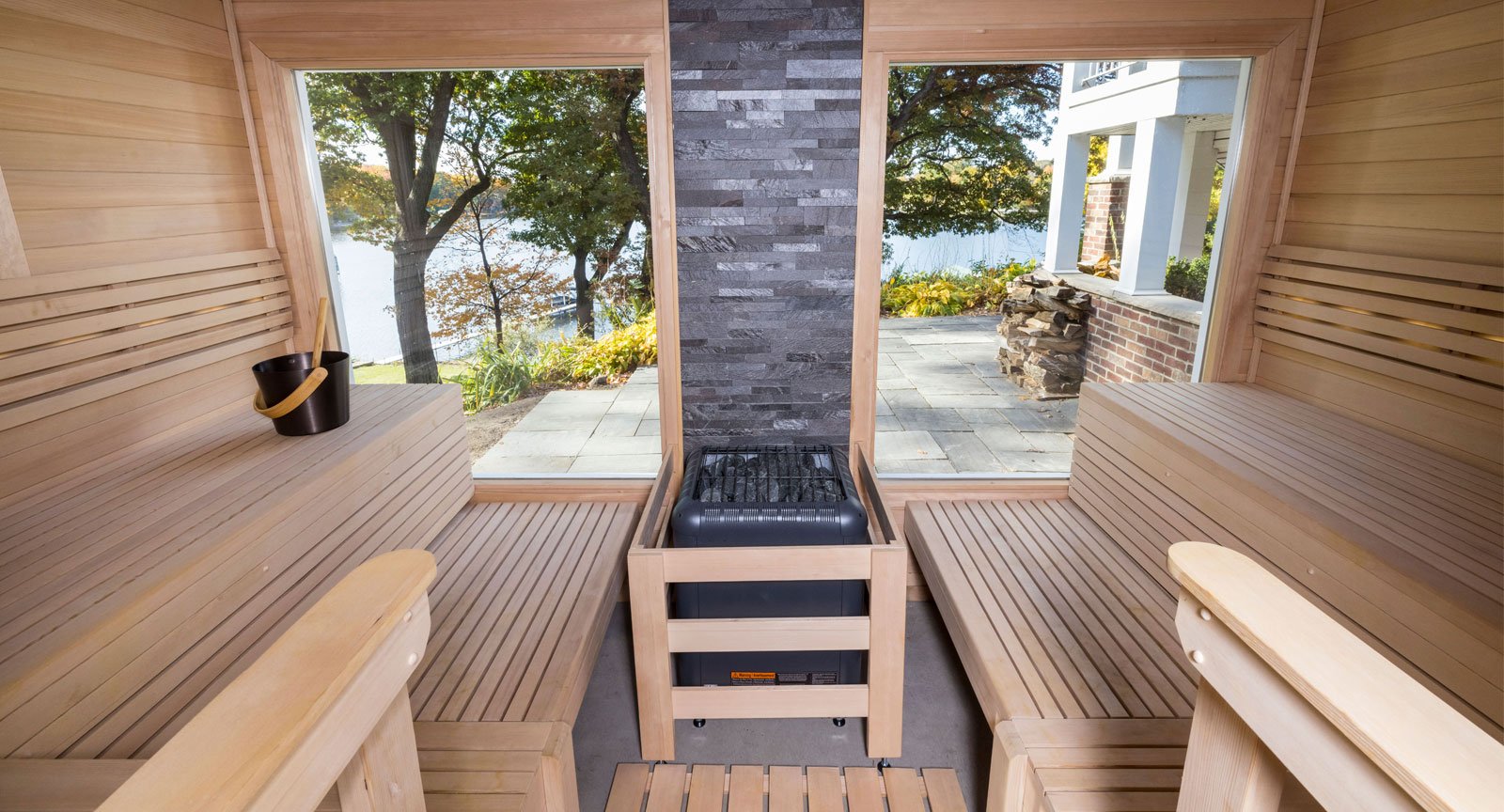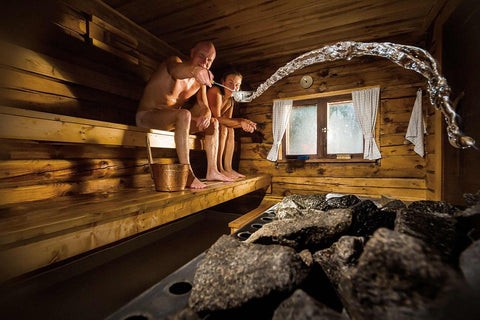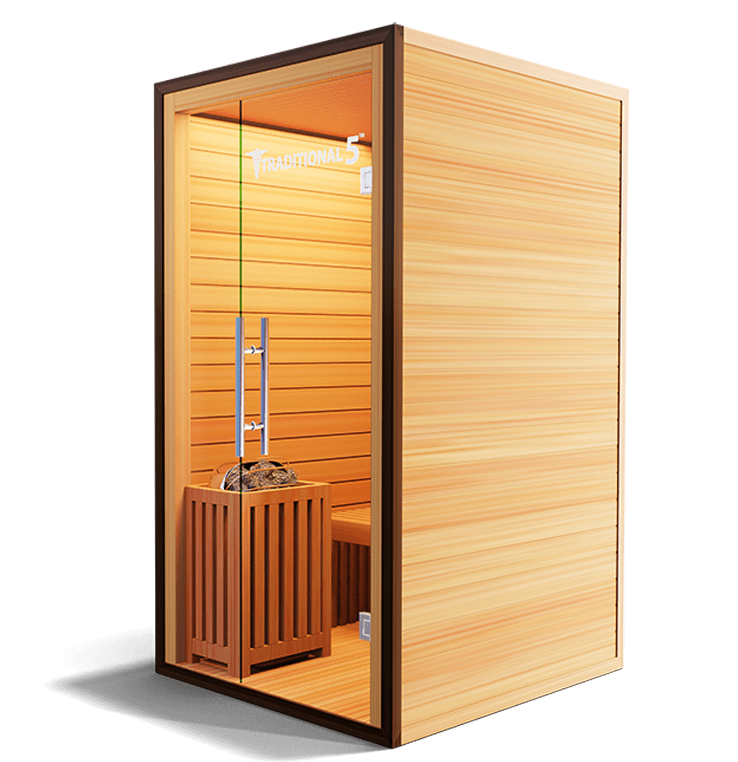Traditional Sauna Can Be Fun For Everyone
The Best Guide To Traditional Sauna
Table of ContentsOur Traditional Sauna PDFsFascination About Traditional SaunaTraditional Sauna Can Be Fun For AnyoneThe Buzz on Traditional SaunaHow Traditional Sauna can Save You Time, Stress, and Money.
Most of the weight lost in a sauna is water loss and is re-gained upon rehydrating. Without an uncertainty sauna can be a crucial part of a healthy and balanced weight loss program. To look at the distinctions in between standard and IR saunas, I will certainly separate these right into proven, theoretical, and made distinctions.Hence, the hottest factor in the saunawhich is at the ceiling straight above the sauna heateris typically between 185 and 190 F. Claims that a traditional sauna exceeds 200 F is simply not real and not applicable for electric saunas sold in the United States. The temperature for a far-infrared sauna is usually set in between 120 and 140 F; however, unlike the standard sauna, the objective in and IR space is not to attain a heat.
As a result of this, the temperature distinction is virtually pointless, considering that excessive sweating leads to both sauna types, yet the technique of heating up the body is different. In an IR sauna the bather will feel hot and will sweat profusely, yet at a lot reduced temperatures (Traditional Sauna). Therefore, if the objective is to invest longer time periods in the sauna, the IR sauna is a good choice
When a traditional sauna has actually been correctly heated, the sauna wall surfaces are cozy, the air temperature has accomplished set temperature and the rocks are extremely warmed. As a fascinating side note, the heated wall surfaces and the rocks are producing far-infrared heat, combined with the heated air, to develop an "wrapping up warm".
Facts About Traditional Sauna Revealed

When the heat is attained, the elements cycle on and off to preserve the heat. Many traditional sauna users take pleasure in putting water over the rocks to develop heavy steam to elevate sauna humidity degrees. The advantages of putting water over the rocks include: making the room much more comfortable, dampening the nasal passages, and permitting the usage of aromatherapy by mixing crucial oils with the water.

When the power goes into the body, it causes the body temperature to enhance and ultimately causes sweating. In an infrared sauna it is very important for the emitters/heaters to continue to be on virtually regularly. Considering that there is no mass of rocks to maintain warm, the sauna will certainly cool if the emitters turned off.
As stated above, the sauna bather in an infrared space wishes to place himself in front of running emitters to obtain maximum gain from the warmth. The heating time for both rooms can be very various, depending on just how the rooms are made use of. For a typical sauna, a bather needs to allow 30-40 mins for the room to accomplish a preferred temperature level and to properly pre-heat the rocks.
Unknown Facts About Traditional Sauna
A well built sauna will commonly attain a temperature level of 150-160 F in regarding 30-40 mins. For hotter temperature levels, the room may require to heat for a longer period.

Traditional saunas often tend to be larger (for this reason use even more electrical power) than infrared saunas, although conventional saunas are absolutely available in one and two person sizes. For a two-person standard sauna, 5x6 or 5x7 size is most popular. The leading bench can pleasantly seat 2 or 3 individuals and is also long enough to exist down during the sauna session.
Little Known Facts About Traditional Sauna.
The average price per kWH of power in the U.S. is about $0.11, so a 4.5 kW heater will cost approximately $.50 to compete one hour, if the heating unit runs continuously for one hour. Usually i was reading this a sauna heating system will run for 75% of the very first hour and 50% of succeeding hours on considering that the elements cycle once the set temperature is attained.

Lastly, there is a seldom reviewed difference in the social experience in between both rooms. While our culture has shed several of the social benefit of the conventional sauna experience, it can be really socially rewarding (Traditional Sauna). From household time in the sauna, to heart-felt conversations with loved ones, to sauna partiesthe standard sauna experience can lead to intimate mingling
Traditional Sauna Fundamentals Explained
The majority of higher end infrared areas include colored light therapy, noise systems and full-glass fronts.